Tag: history
-
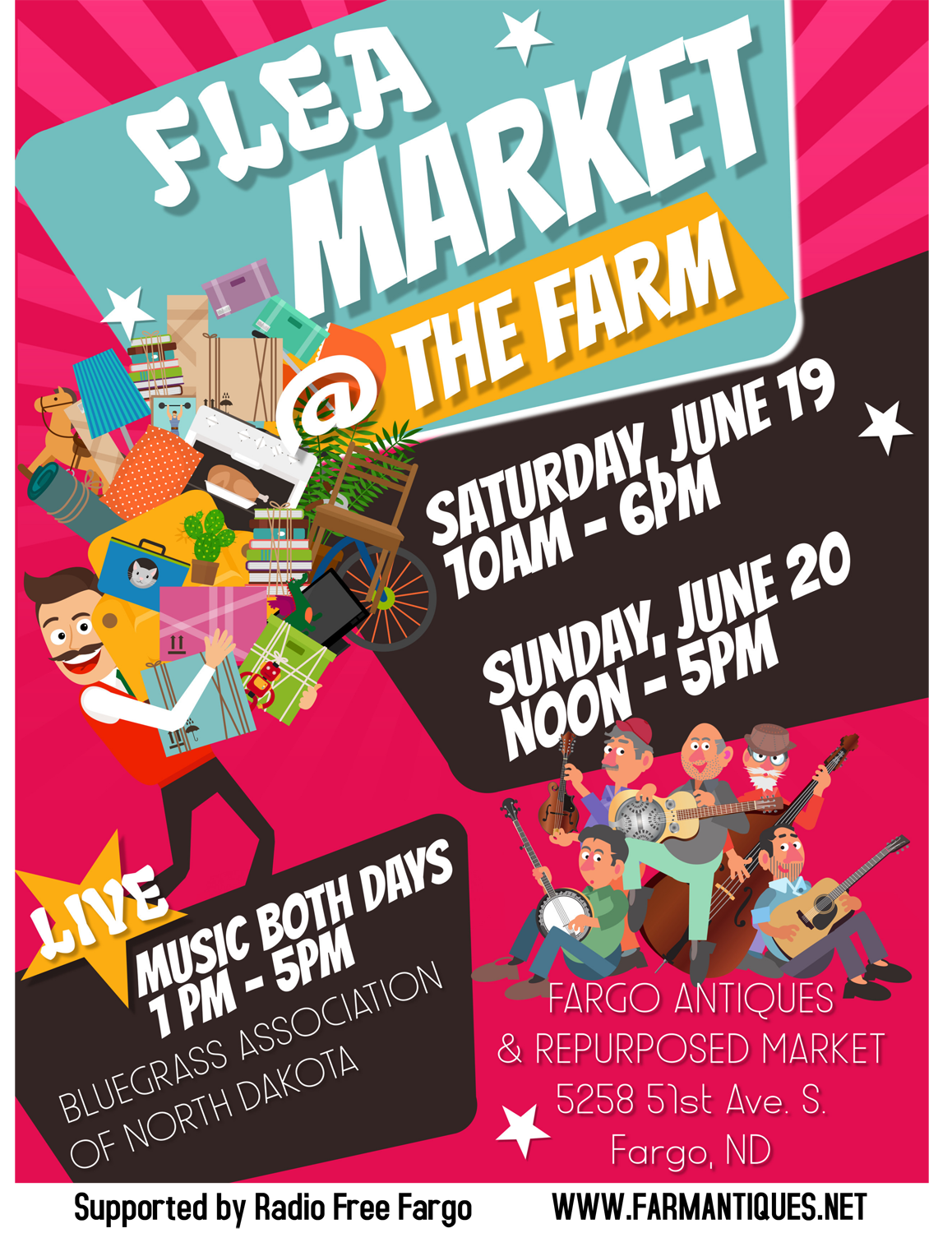
Sales & Music At The Fargo Flea Market!
It’s time for the annual June flea market at Fargo Antiques & Repurposed Market! That means, along with all the dealers, we will be having sales inside. Our YES booths,#25-27, will be 20% off. And the LunaTique Art Gallery, Occult, & Oddities space, code ART in booth #55, will be 10% off. We also will…
-
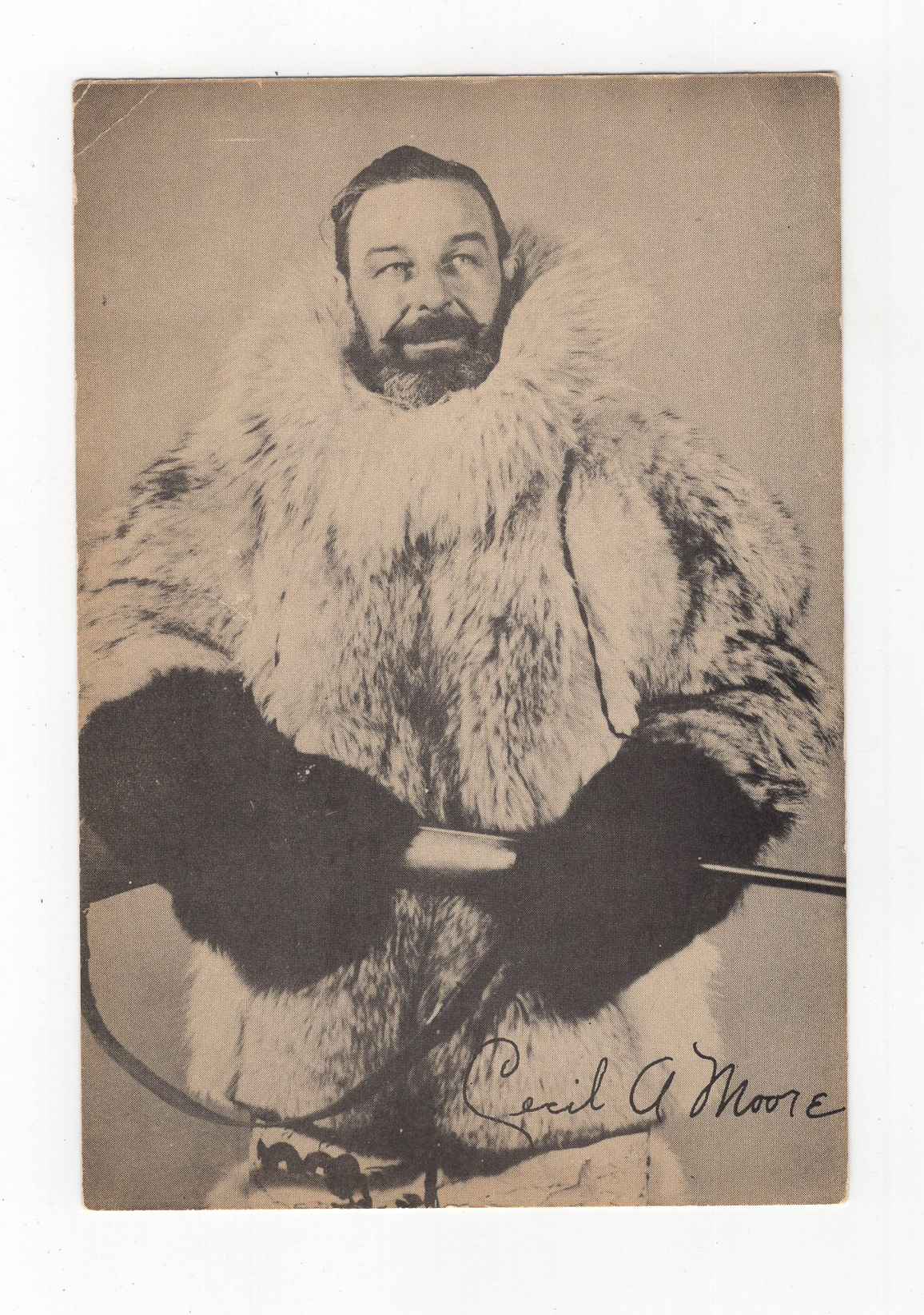
Falling In Mush Love
Part of my job as an antiques dealer (or vintage seller, if you prefer) is to properly clean, research, and identify reclaimed and discovered items in order to best present these old things to potential buyers. Continually making discoveries, uncovering new-to-me stories is one of my favorite parts of this gig. But sometimes, as I’ve…
-
This Week’s Story: Paint By Numbers & Wundertüte
Hi, I’m Deanna Dahlsad of Fair Oaks Antiques, here with This Week’s Story, and I am a paint by number collector. (If you’d prefer, you can listen to the podcast here.) Many mock paint by number paintings, saying the works are kitsch – meaning they are of poor taste. Even those who love kitsch in…
-
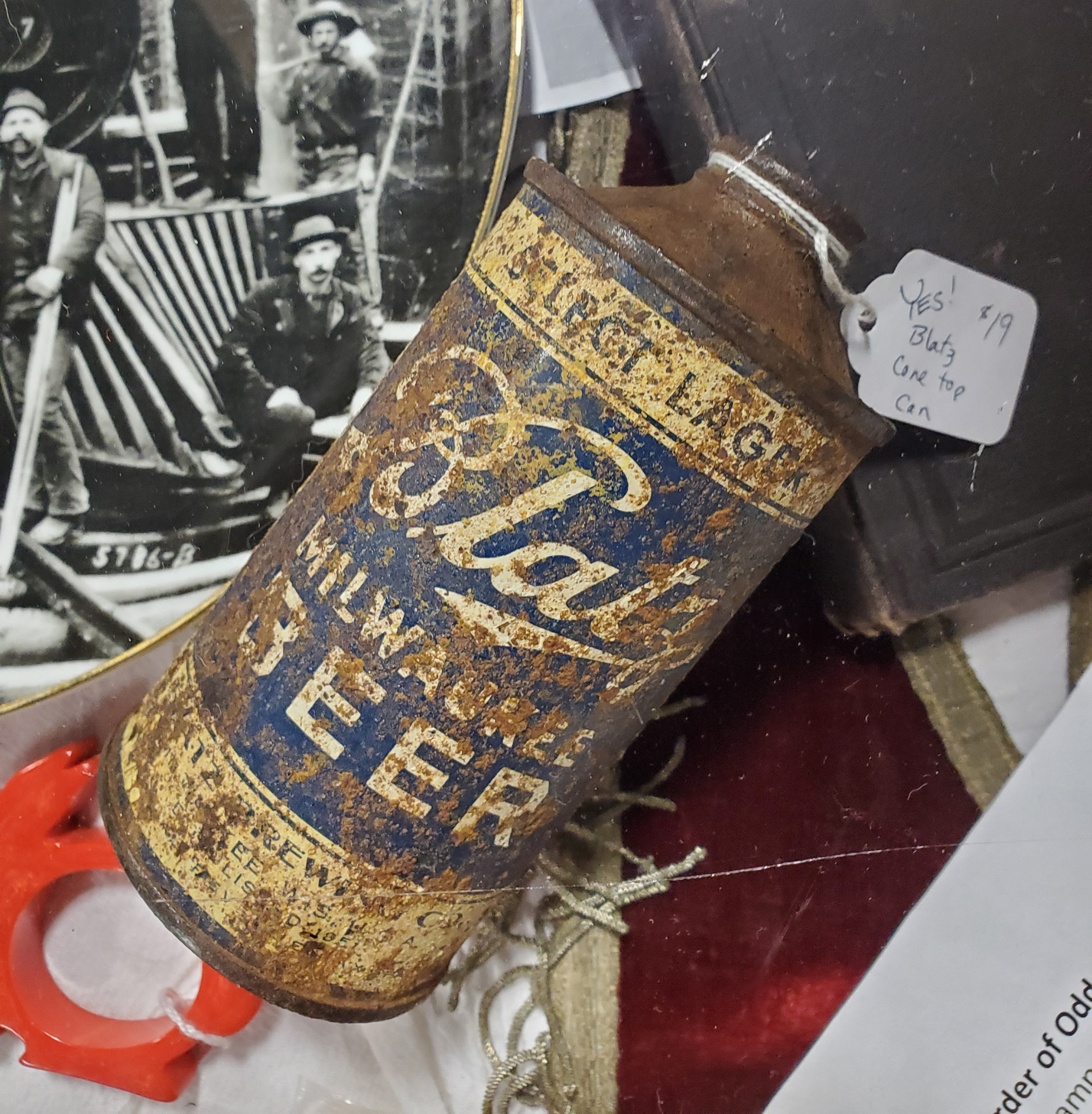
National Beer Can Appreciation Day!
Today is National Beer Can Appreciation Day, honoring the day beer was first put into cans in 1935, and the Farm is celebrating with a New Year’s Old Beers event – featuring a book signing with Alicia Underlee Nelson, of Prairie Style File! She will be signing copies of her book, North Dakota Beer: A Heady History at the shop…
-

Fair Oaks Antiques In The Media – Again 😉
In case you missed our social media posts, Fair Oaks Antiques (that’s us!) has had a busy day in the media today! First, the wifey was quoted in an Inforum story about Fargo Antiques & Repurposed Market, aka “The FARM,” entering its fifth year of business and branching out with events. Deanna Dahlsad, a vendor…
-
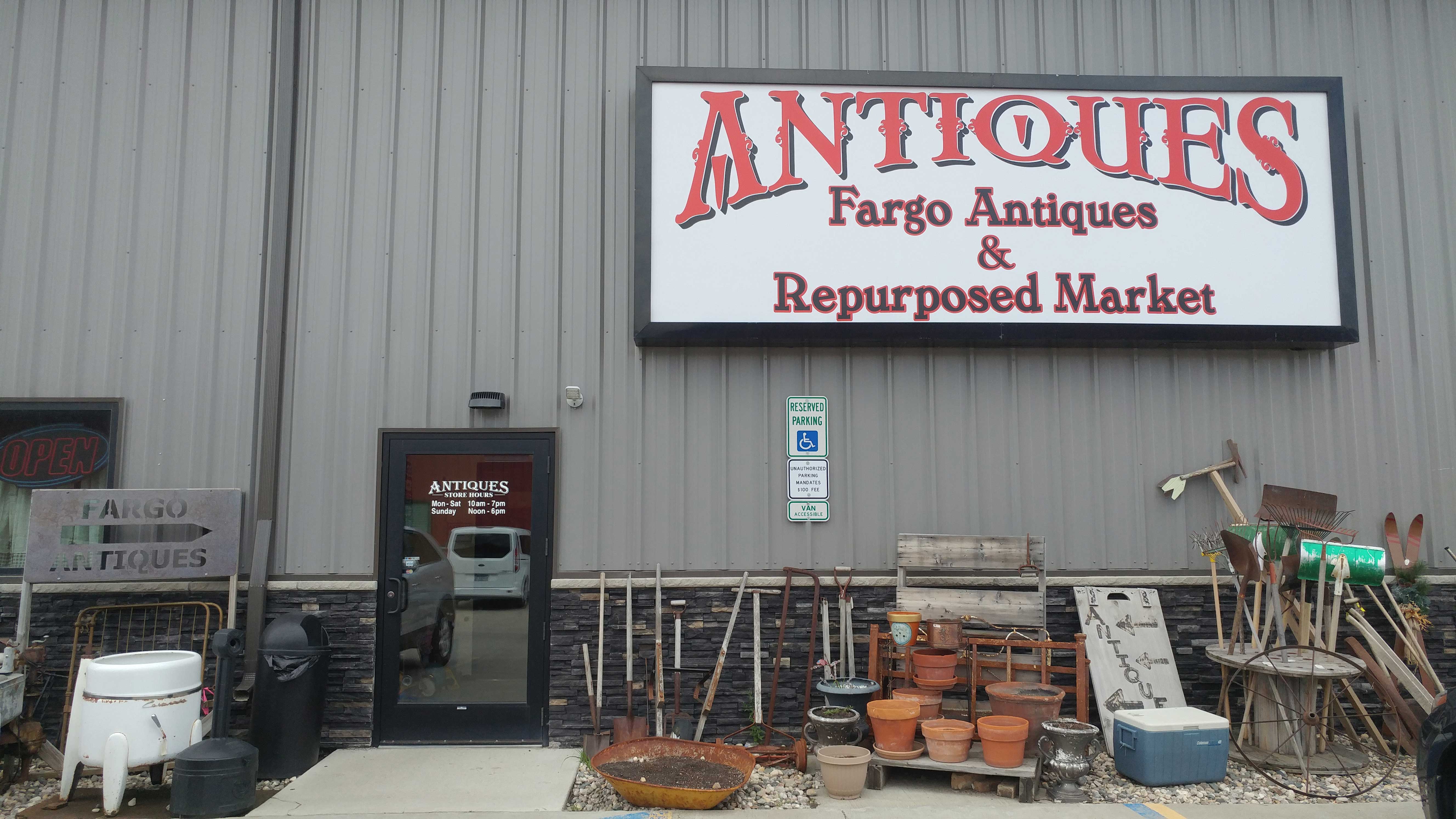
What’s New? So Much!
If you’ve been keeping up with us at Facebook, you may have noticed that we’ve been quite busy. One highlight, hubby Derek has written for Prairie Public’s Dakota Datebook radio show – & five of his stories have been selected for the newly released book, Dakota Datebook: North Dakota Stories from Prairie Public. If you…
-

On The Radio Tonight, Fargo-Moorhead!
Derek Dahlsad, the hubby half of We Have Your Collectibles (Fair Oaks Antiques), will be the guest on Nighttime Live with Bob Harris tonight, January 16, 2017, at 8:30pm. He’ll be on to talk about Dakota Death Trip. If you love history, especially North Dakota history, give the show a listen. …You also never know…
-
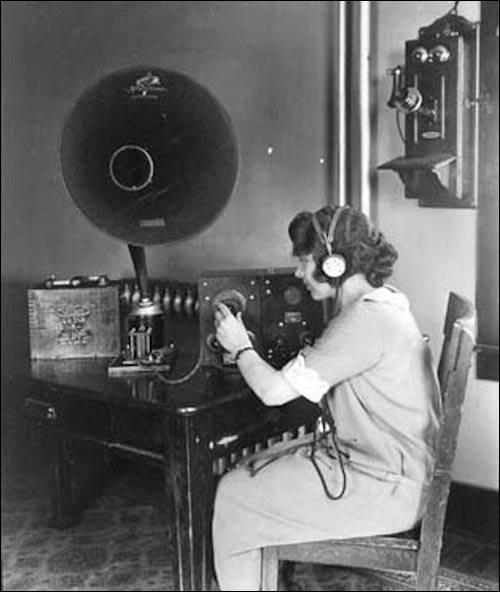
Dakota Death Trip On The Radio!
Yesterday, hubby was once again in the media for his Dakota Death Trip website. This time, Derek was at Fargo’s KFGO speaking with Bob Harris about the website and stories of yesteryear. Here’s a link to the short, but splendid, interview!
-
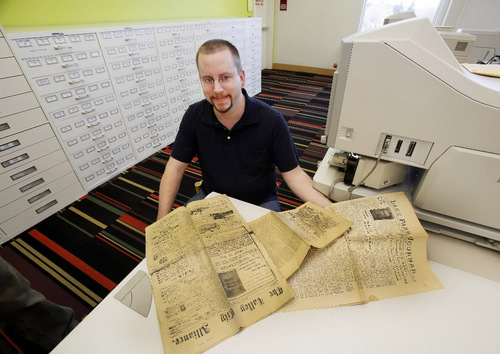
Dealers Make News!
Derek Dahlsad, the hubby half of Fair Oaks Antiques / We Have Your Collectibles, was just featured in today’s Fargo Forum — on the front page, no less! The article features Derek’s Dakota Death Trip blog. The site was inspired by and named after Michael Lesy’s Wisconsin Death Trip, one of my favorite books (and…